NYC’s Forgotten ‘War on Christmas Trees’
Discover how an obscure holiday crackdown affects festive street vendors today!


Although many of us are not stressing about our work outfits or our going-out attire while in isolation, Ariel Viera, the founder of Urbanist, is releasing his first documentary on Urbanist about the history of fashion in New York City tonight on Facebook and YouTube. Viera combined his three passions of filmmaking, urban exploration, and history for his six-part documentary, which focuses on a $2.4 trillion industry that has spread ideas of self-expression and female and LGBTQ+ empowerment.
“[The documentary] is about the history of fashion in NYC from sweatshops in LES to the heyday of the Garment District to independent designers across the five boroughs,” Viera said. In addition to speaking with LIM Professors, Viera filmed exhibitions at the Tenement Museum and worked with the Council of Fashion Designers of America to explore the history of garment manufacturing. His documentary focuses on fashion in all five boroughs from the 1860s to today.
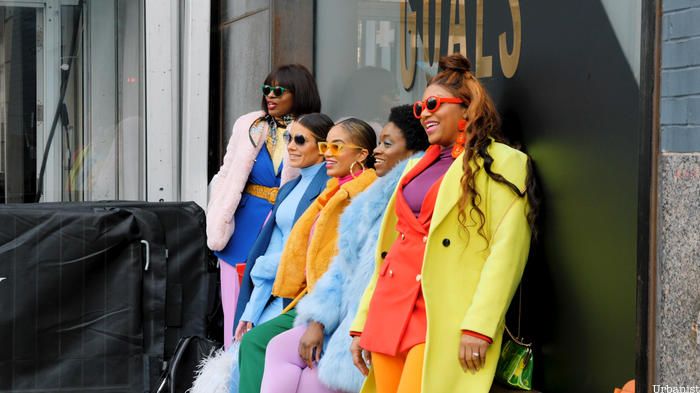
The documentary features interviews with 10 acclaimed experts in fashion history and business, including Eric Sauma, the owner of Mood Designer Fabrics, and LIM College Professor Sally Shapiro. Viera focuses on how fashion influenced life in the tenements on the Lower East Side, the Triangle Shirtwaist Factory, the Ladies Mile Historic District, and the Garment District. The documentary also analyzes New York’s fashion scene today and questions whether or not New York will stay a fashion capital alongside London, Paris, and Milan.
“Fashion is mass media. But instead of watching, listening, or browsing. You are wearing it,” Viera wrote in his original script for the documentary. “Everything you wear sends a message to the world about who you are and what you believe in.”
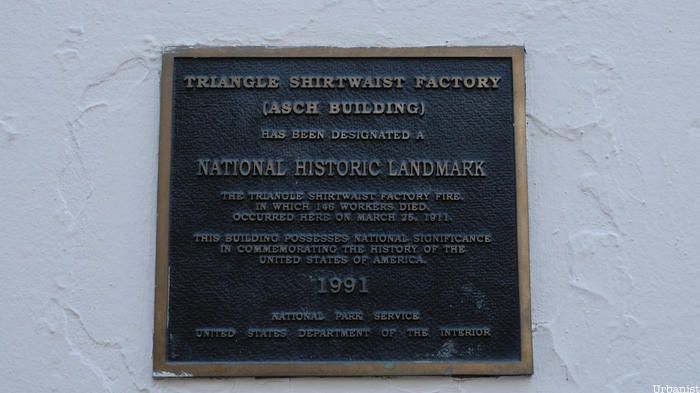
By the 1860s, sewing machines were becoming more affordable, and the clothing industry grew during the Civil War. Many European immigrants were garment and textile workers back home, and many found work in the United States in crowded, poorly-ventilated sweatshops. Yet, workers in the fashion industry were treated rather horrible, and 146 people died in the Triangle Shirtwaist Factory Fire after factory employers locked the garment workers inside to prevent them from stealing or taking unauthorized breaks.
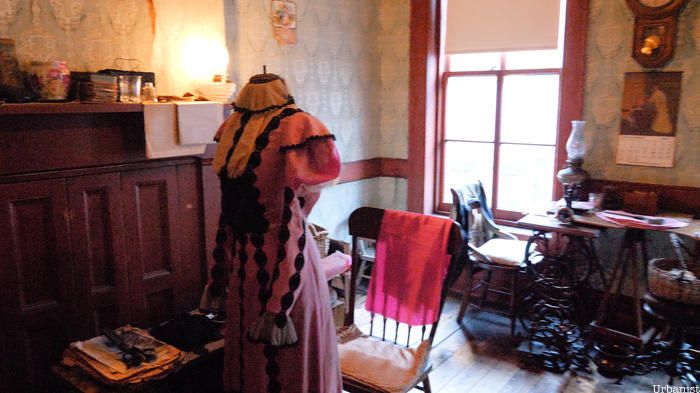
Yet, throughout these years, New York became the premiere shopping center of the country, as garment factories began sprouting up along 5th Avenue. In just a few years, department stores like Macy’s and Lord & Taylor opened their doors to high-class shoppers, which led to class conflict as the working class fought for better working conditions.
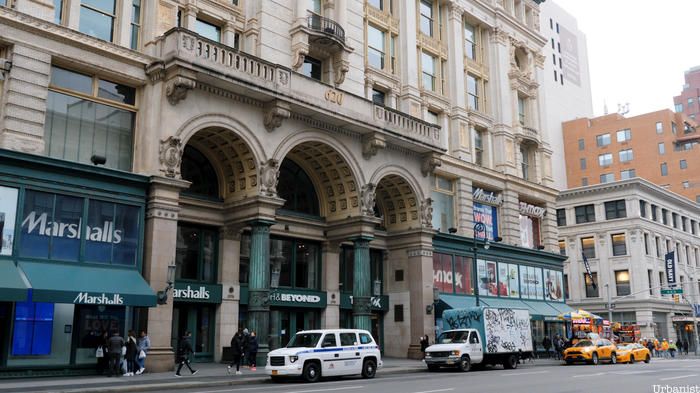
By the 1920s, “The Tenderloin” on Seventh Avenue, “the seediest area of Manhattan” according to Viera, became the new hot spot for the garment industry, as 130 garment factories opened in just 10 years. Icons like Ralph Lauren and Calvin Klein began on Seventh Avenue in the 1960s, and soon enough Seventh Avenue became “as synonymous with fashion as Wall Street is synonymous with finance.”
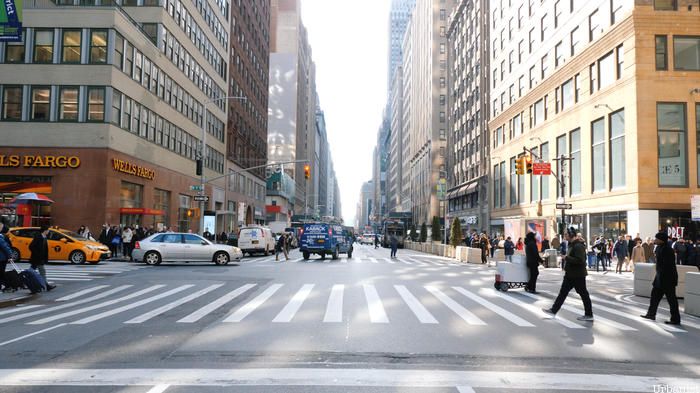
Today, the Garment District is not as vibrant as it was 50 years ago, but areas like Astoria, Queens and Williamsburg, Brooklyn have become new centers for fashion. Today, there are 1,568 garment manufacturing companies in New York, employing 22,000 employees, and now fashion has become accessible to all New Yorkers. Viera’s new documentary can be viewed on Facebook at 6:00 p.m. tonight.
Next, check out videos about NYC from Untapped New York on YouTube!
Subscribe to our newsletter